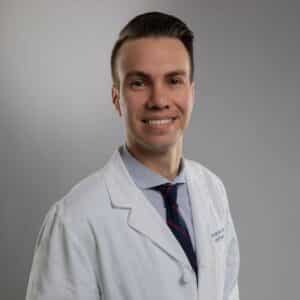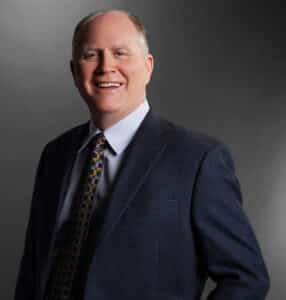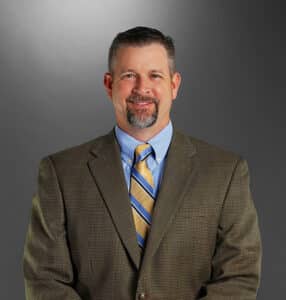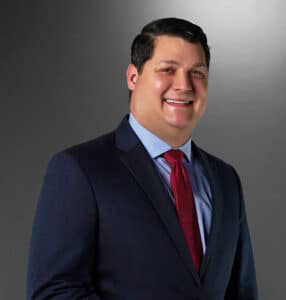Resting peacefully after ACL surgery can be a challenging endeavor. Many patients find it hard to get comfortable and sleep soundly after the procedure. This article provides an in-depth guide on how to sleep after ACL surgery and shares essential tips to help you overcome the most common difficulties associated with post-operative sleep.
Understanding ACL Surgery
Before we dive into the details of how to sleep after ACL surgery, it’s crucial to understand what ACL surgery entails. The Anterior Cruciate Ligament (ACL) is a significant ligament in your knee that provides stability. It can be injured during sports or physical activities, often requiring surgical intervention to restore function.
Surgery involves replacing the torn ligament with a graft, which can be taken from your hamstring, patellar tendon, quadriceps, or even a donor. The surgery aims to restore knee stability and function, allowing individuals to return to their regular activities.
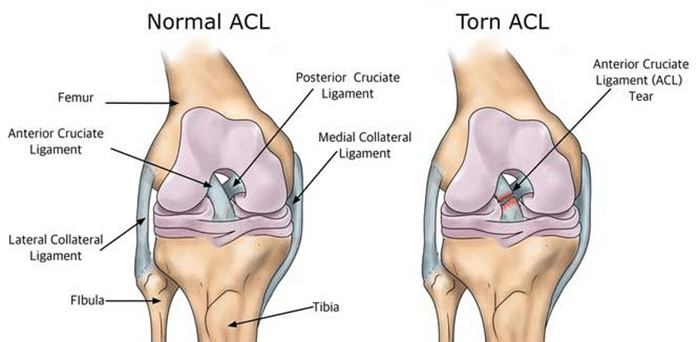
The Struggle of Sleeping After ACL Surgery
Sleeping after ACL surgery can be particularly challenging because of several factors:
-
- Pain: Post-operative pain is common and can make it hard to find a comfortable sleeping position.
-
- Swelling: The knee tends to swell after surgery, which can be uncomfortable, especially when in bed.
-
- Limited Mobility: Your knee’s motion will be limited after ACL surgery, which can make certain sleeping positions difficult.
-
- Braces: If your surgeon has recommended a brace, it can make sleeping more uncomfortable, especially in the beginning.
The Importance of Sleep in Recovery
Adequate sleep is crucial for recovery after any surgery, including ACL reconstruction. Sleep promotes healing and muscle recovery, aids in pain management, and boosts your mood and energy levels. Therefore, finding ways to enhance the quality of your sleep is critical in the healing process.
How to Sleep After ACL Surgery: Practical Tips
Here are some practical tips on how to sleep after ACL surgery:
1. Find a Comfortable Sleeping Position
The best sleeping position after ACL surgery is the one that provides you with the most comfort. For most people, this tends to be sleeping on their back or side.
-
- Back Sleeping: This position allows your knee to fully extend, which can help reduce swelling. If needed, you can place a pillow under your knee for additional support.
-
- Side Sleeping: If you prefer to sleep on your side, ensure the operated knee is on top. Placing a pillow between your knees can provide extra comfort.
Remember, everyone is different. What works for one person may not work for another, so don’t be afraid to experiment with different positions until you find what works best for you.
2. Use Ice Packs
Applying ice to your knee before bed can help reduce swelling and numb the area, potentially easing discomfort and promoting better sleep. Ensure the ice pack is wrapped in a cloth or towel to prevent skin damage.
3. Take Prescribed Medications
Your surgeon will likely prescribe pain relievers to manage post-operative pain. Taking these medications as directed can help control pain and promote better sleep. Always consult with your surgeon or pharmacist before combining pain medication with any over-the-counter sleep aids.
4. Consider Using a Recliner
If you’re finding it hard to sleep in your bed, consider using a recliner. This can allow you to elevate your leg, which can help reduce swelling and offer a more comfortable position.
5. Listen to Your Body
Every person’s recovery journey is unique. Listen to your body and do what feels right for you. If a certain position causes discomfort, adjust accordingly.
The Role of Braces in Sleeping After ACL Surgery
Some surgeons may recommend wearing a brace while sleeping to protect the knee from sudden movements. However, others may not deem it necessary. It’s essential to follow your surgeon’s advice concerning the use of braces. If you’re unsure, don’t hesitate to ask them to clarify.
Final Thoughts
Recovering from ACL surgery can be a challenging process, but with the right strategies, you can enhance your comfort and sleep quality. Remember, everyone’s recovery journey is different, so what works for one person might not work for another. Always consult with your healthcare provider if you’re struggling with post-operative sleep or if you have any concerns about your recovery.
Useful Resources
For more information on ACL injuries and recovery, check out this article on strengthening exercises to speed up ACL recovery. It provides essential information about ACL injuries, surgical treatment, and recovery strategies.
Remember, a good night’s sleep is an important part of your ACL surgery recovery, so don’t underestimate its power. With the right strategies, you can overcome the challenges of sleeping after ACL surgery and set yourself up for a successful recovery journey.

